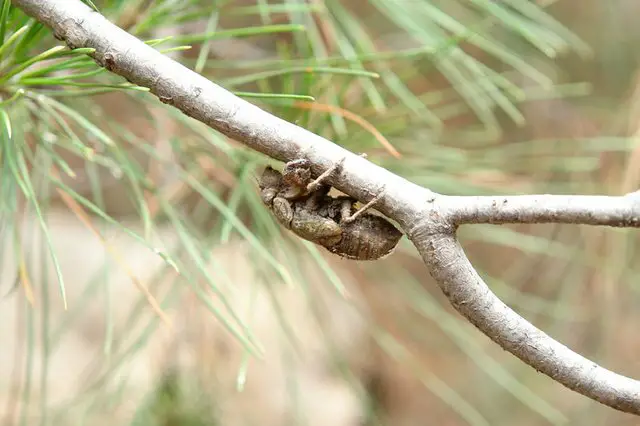A cicada is an insect of the order Hemiptera, suborder Auchenorrhyncha, in the superfamily Cicadoidea, with large eyes wide apart on the head and usually transparent, well-veined wings. There are about 2,500 species of cicada around the world, and many remain unclassified. Cicadas live in temperate to tropical climates where they are among the most widely recognized of all insects, mainly due to their large size and remarkable acoustic talents. Cicadas are often colloquially called locusts, although they are unrelated to true locusts, which are a kind of grasshopper. They are also known as “jar flies” and, regionally, as July flies in the Southeastern United States, and as “heat bugs” in Canada and the mid-West. Cicadas are related to leafhoppers and spittlebugs. In parts of the southern Appalachian Mountains in the United States, they are known as “dry flies” because of the dry shell that they leave behind.
0 Shares
GalleryMost Dangerous Dogs in the World
- November 22, 2020
GalleryMiracle Of Nature… Macaque Monkey Adopts A Kitten
- November 22, 2020
You May Also Like
Breathtaking Pictures Of Horses
- PetsFoto
- January 14, 2021
- 1 minute read
Many animal lovers would agree that horses besides dogs are man's best friend. Throughout human history, horses have a man representing a great help in many areas of life. Help in the fields, as a means of transport until the fellow in many global and local wars.
Top 10 Most Diabolical Fish On Earth
- PetsFoto
- January 12, 2021
- 4 minute read
Yet there are a few species that are more loathsome to our tastes. These are creatures straight out of nightmares – some more fangs than fish; others that look like they’ve barely swum out of the primeval sludge.
Cats In The Game
- PetsFoto
- November 14, 2020
- 1 minute read
The cat, also known as the domestic cat or housecat to distinguish it from other felines and felids, is a small domesticated carnivorous mammal that is valued by humans for its companionship and ability to hunt vermin and household pests.
Dogs Waiting For Their Owners
- PetsFoto
- December 9, 2020
- 1 minute read
On city streets sometimes can be seen dogs that owners were left alone in the car. Over the misted windows of rapid breathing, we can see their sad faces. In a sad expectation of the owners of these best friends of man as embodied all the familiar feelings of emptiness, boredom and loneliness.
Cat Is Adopted And Accepted A Small Squirrel
- PetsFoto
- January 17, 2021
- 1 minute read
Nature once again and yet again proved that miracles exist .. One more and the latest comes from the animal kingdom
Dog And Cat Breeds With Geometry Different Eyes
- PetsFoto
- January 19, 2021
- 1 minute read
Geometry - a different color in the color of the iris. Geometry, not just people, but our smaller brethren. Typically, while one eye is always blue. The most striking example geometry animals - dogs breed husky.















